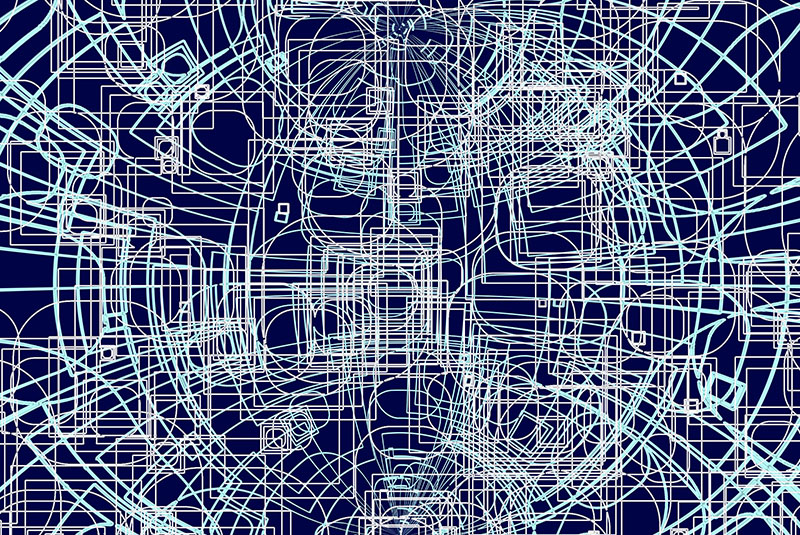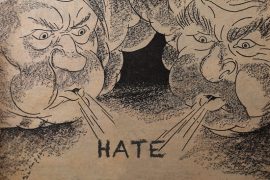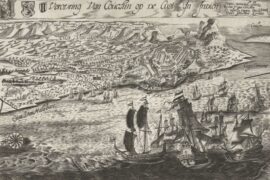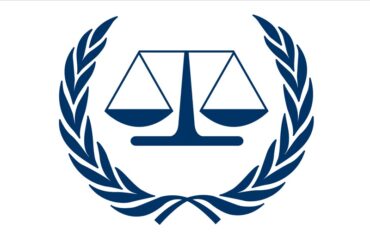When companies speak of the ‘next billion’ internet users, the country they are really thinking about is India, where 750 million people had yet to come online as of 2016.
Data compiled by the Internet and Mobile Association of India (IMAI) and IMRB International shows that internet penetration, as with other indicators, there exists an urban-rural divide in India. More than 269 million have internet access in urban areas; in rural areas, the figure is 163 million. The difference in population between the two is the shocker – 60 percent of urban dwellers have some form of net access, whereas this number is only 17 percent in rural parts of the country.
In the big picture, only 30 percent of the Indian population had internet access in 2016. But, this is changing, perhaps faster than any other indicator of progress. Rural India, where most Indians live, will contribute the bulk of the three-quarters of a billion who will connect to the internet for the first time in the coming years. This presents a unique opportunity and challenge at the same time.
Mobile Wars
The IMAI and IMRB report did not include the effect that demonetization had on internet traffic. It’s known that it in the aftermath of the currency ban, internet usage went up as many were forced to make greater use of digital payments. But the real jump didn’t happen there.
Copyright©Madras Courier, All Rights Reserved. You may share using our article tools. Please don't cut articles from madrascourier.com and redistribute by email, post to the web, mobile phone or social media.Please send in your feed back and comments to [email protected]











